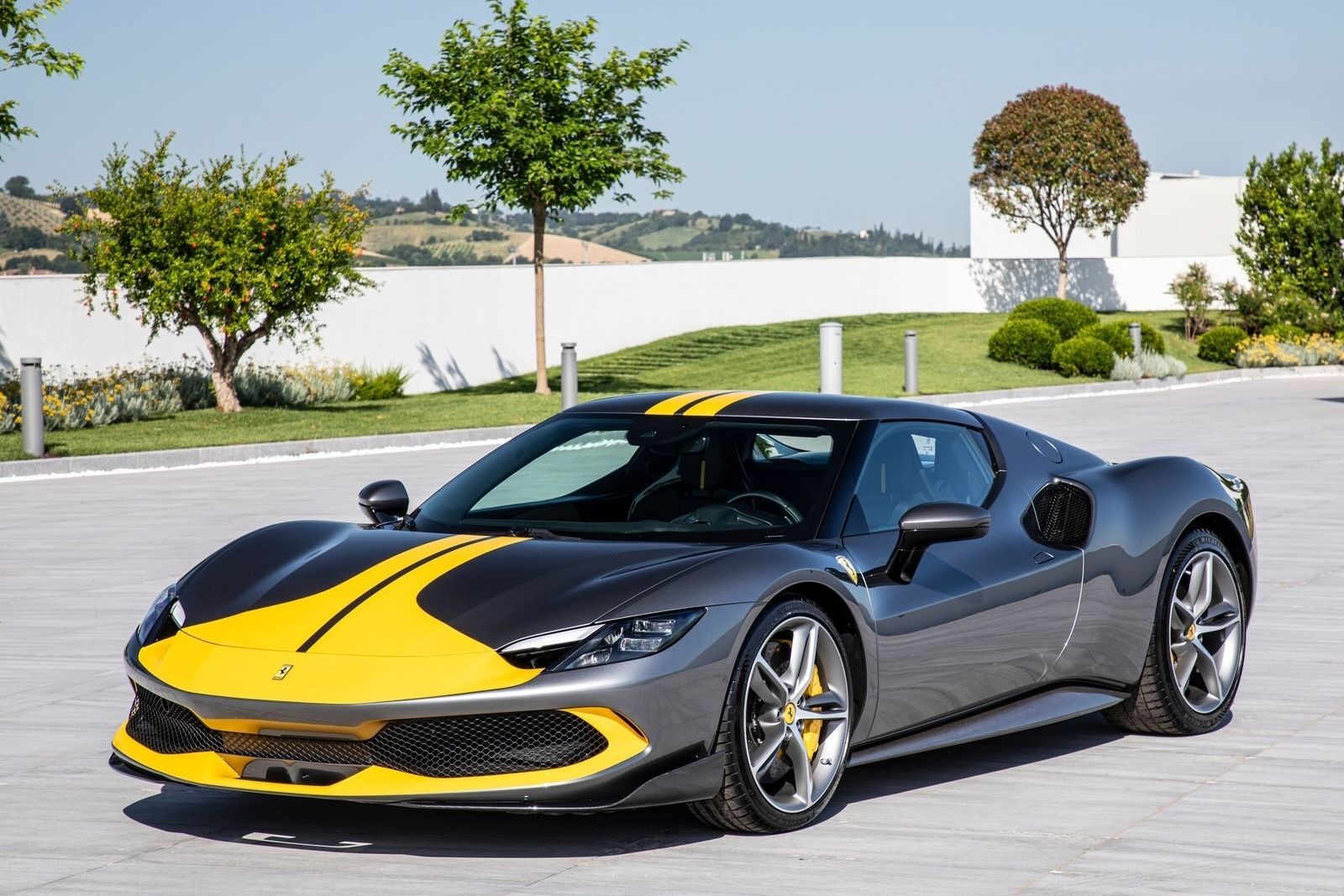
Both Ferrari and Maserati recently launched new V6-powered, mid-engined supercars, the 296 GTB and MC20, respectively. Both companies call Northern Italy home with their headquarters barely a 30-minute drive away from each other. Back in 1997, Fiat sold a 50 percent share of Maserati to Ferrari, its long-time rival and two years later Ferrari assumed full control. For the next several years, the companies collaborated on a number of projects, including the Ferrari Enzo-based Maserati MC12.
More importantly, Ferrari wanted Maserati to be its luxury division. Maserati was split off from Ferrari in 2005 when the Fiat Group was formed. There was significant collaboration during their tenure together, but Ferrari wants it to be known once and for all this is all in the past.
The latest example involves the Ferrari 296 GTB and the Maserati MC20. Both are powered by 3.0-liter twin-turbocharged V6 engines. Is this merely a coincidence or are the two engines somewhat related? Ferrari's chief technical officer, Michael Leiters, told Autocar it is the latter, but he also wants to make one thing very clear once and for all. "Ferrari doesn't copy anybody or take over anything from others," he said. "This stroke has been typical for Ferrari for years, and we didn't have the necessity to collaborate on something like that."
Not only are the engines different, but the Ferrari launched with a hybrid assist system. Maserati has also gone on record stating its V6 was built only for the MC20.
Output-wise, the Ferrari has the Maserati beat with 653 horsepower (818 when the hybrid power kicks in) compared to 621 hp. Both engines are works of fine Italian art, and they come at a time when the combustion engine is being placed on the endangered species list. Like nearly all automakers, these iconic Italian companies are gearing up for a battery-electric future; the first Ferrari EV hypercar is due in 2025 and an all-electric MC20 is in the works.
There's no need for Ferrari to copy Maserati, or vice versa, because each has its own talented team of engineers and designers. This freedom allows them to equally pursue their respective ambitions.
